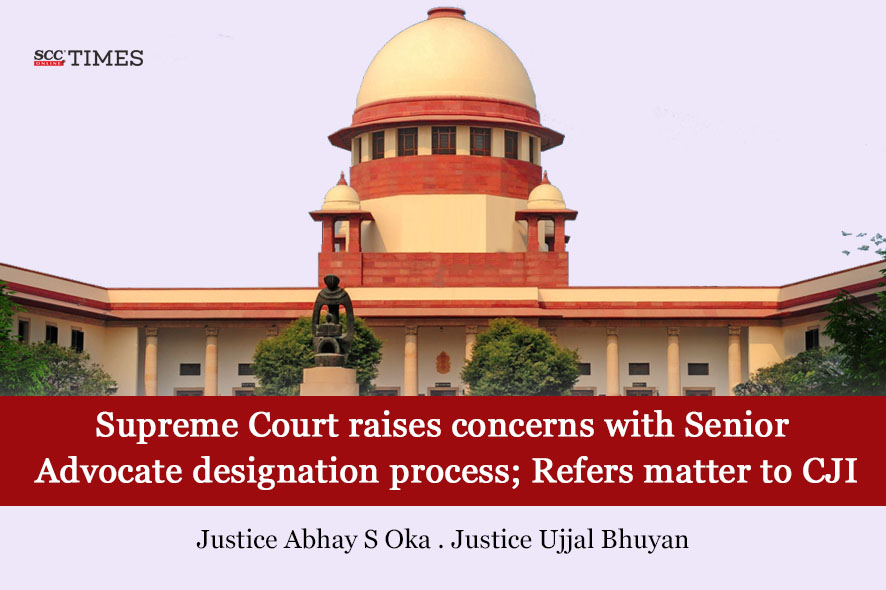The Supreme Court has stayed a Union government notification that exempted certain large-scale construction projects from obtaining mandatory environmental clearances before commencing work. This decision came in response to a public interest litigation filed by Mumbai-based non-governmental organization Vanashakti, which challenged the Ministry of Environment, Forests and Climate Change’s notification issued on January 29.
The contested notification sought to exempt building and construction projects—including industrial sheds, schools, colleges, and hostels—with a built-up area of up to 150,000 square meters from the requirement of prior EC. Previously, the Environment Impact Assessment Notification of 2006 mandated that any construction exceeding 20,000 square meters must secure environmental clearance before initiation.
A bench comprising Justice Abhay S Oka and Justice Ujjal Bhuyan presided over the matter. Senior advocate Gopal Sankaranarayanan, representing Vanashakti alongside advocate Vanshdeep Dalmia, argued that this was the fourth attempt by the Centre to relax environmental norms for construction projects. Similar efforts in 2014, 2016, and 2018 were previously quashed by judicial bodies, including the Kerala High Court and the National Green Tribunal .
The bench acknowledged the nationwide implications of the notification and issued a notice to the MoEFCC, stating, “Issue notice… In the meantime, stay on the operation of the notification.” This interim order effectively suspends the implementation of the January 29 notification until further judicial review.
The January 29 notification introduced significant changes to the existing environmental clearance framework under Schedule 8 of the EIA Notification, 2006. It proposed that projects with a built-up area up to 150,000 square meters, specifically industrial sheds and educational institutions such as schools, colleges, and hostels, would no longer require prior EC. Additionally, it declared that “general conditions” outlined in the EIA would not apply to this category of projects.
The following day, on January 30, the MoEFCC issued an office memorandum further expanding the scope of the exemption. This memorandum clarified that the term “educational institutions” would encompass private technical institutions, professional academies, and universities. Similarly, “industrial sheds” were defined to include warehouses and facilities housing machinery or raw materials.
Vanashakti’s petition contended that these exemptions could lead to unregulated construction activities, particularly in ecologically sensitive zones. The PIL emphasized that such large-scale constructions, without stringent environmental oversight, could have disastrous and irreversible impacts on the environment. The petition stated: “The notification and OM dilute substantive provisions of the EIA, 2006 qua building and construction projects and if permitted to continue, would potentially destroy the land, water and air environment and ecology due to unregulated building and construction activities, that would have a disastrous effect leaving a magnitude of environmental footprint that would be impossible to determine and reverse.”




 Cabinet approves revised Waqf Bill amendments
Cabinet approves revised Waqf Bill amendments 